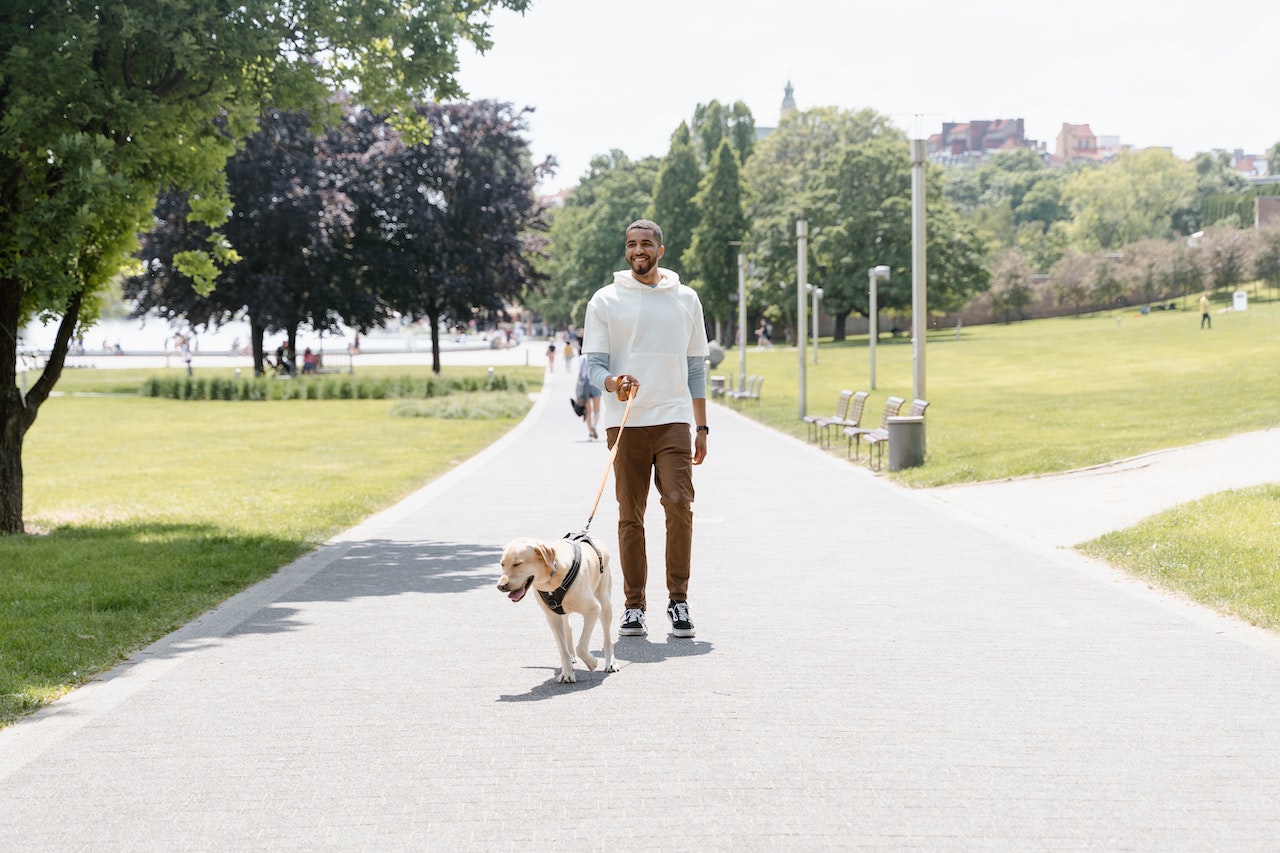How to Train an Aggressive Puppy
Training an aggressive puppy, particularly a Labrador, can be a challenging task. However, with the right approach and consistent effort, it is possible to help your furry friend become a well-behaved and friendly companion.
When dealing with aggression in a Labrador puppy, it’s important to understand the underlying causes. Aggression can stem from fear, anxiety, territorial instincts, or lack of proper socialization. Identifying the root cause will help you tailor your training methods accordingly.
One effective technique for training an aggressive Labrador puppy is positive reinforcement. Rewarding good behavior with treats, praise, and playtime helps reinforce positive associations and encourages your puppy to exhibit desirable behaviors. Additionally, providing plenty of mental and physical stimulation through interactive toys and regular exercise can help redirect any excess energy that may contribute to aggression.
Remember that patience is key when working with an aggressive puppy. Seek guidance from professional trainers or behaviorists if needed to ensure you are using the most appropriate strategies for your specific situation. With time and dedication, you’ll be able to nurture a loving and well-mannered Labrador companion.
Establishing a Safe Environment for Training
When it comes to training an aggressive puppy, one of the first steps is creating a safe environment where both you and your Labrador can focus on the training process. A secure and controlled space will help minimize distractions and ensure the safety of everyone involved. Here are some key steps to establish a safe training environment:
- Choose a Quiet Area: Select a designated area in your home or yard that is free from excessive noise and activity. This will help keep your puppy’s attention focused on you during training sessions.
- Remove Potential Hazards: Before starting any training exercises, do a thorough inspection of the training area to identify potential hazards. Remove any sharp objects, toxic plants, electrical cords, or small items that could be swallowed by your puppy.
- Use Baby Gates or Playpens: If necessary, use baby gates or playpens to create boundaries within your home. This will prevent your puppy from accessing areas where they may get into trouble or become overwhelmed.
- Secure Outdoor Training Areas: If you plan on conducting training sessions outdoors, make sure the area is securely fenced to prevent your puppy from wandering off or encountering dangers such as busy roads.
- Provide Comfortable Resting Spaces: In addition to having space for active training, ensure that your Labrador has access to comfortable resting areas in between sessions. This will allow them to relax and recharge before continuing with their training.
By establishing a safe environment for training, you set the stage for successful obedience exercises with your aggressive puppy. Remember, consistency, positive reinforcement, and patience are key when working with an aggressive pup – so don’t forget to reward their good behavior along the way! When it comes to training an aggressive puppy, teaching basic obedience commands is essential.
Teaching Basic Obedience Commands
This will not only help establish a sense of control and discipline but also promote a positive bond between you and your furry friend. In this section, I’ll guide you through some effective techniques for teaching these commands to your Labrador or any other breed.
- Start with the basics: Begin by focusing on fundamental commands such as “sit,” “stay,” “come,” and “down.” These commands lay the foundation for more advanced training later on.
- Use positive reinforcement: Positive reinforcement is key when dealing with an aggressive puppy. Rewarding good behavior with treats, praise, or toys can motivate them to learn and obey commands willingly.
- Be consistent: Consistency is crucial in training any dog, especially one with aggression issues. Use the same verbal cues and hand signals every time you give a command to avoid confusion.
- Break it down: Break each command into smaller steps to make it easier for your puppy to understand. For instance, when teaching “sit,” start by luring them into a seated position using a treat, then gradually phase out the lure as they become more familiar with the command.
- Keep training sessions short and frequent: Puppies have short attention spans, so aim for several short training sessions throughout the day rather than one long session. This way, they won’t get overwhelmed or lose interest quickly.
- Seek professional help if needed: If your puppy’s aggression persists despite your best efforts or if you feel unsure about how to handle it safely, don’t hesitate to seek guidance from a professional dog trainer or behaviorist who specializes in working with aggressive dogs.
Remember that patience and consistency are key when training an aggressive puppy. By using positive reinforcement techniques and setting clear boundaries through basic obedience commands like sit, stay, come, and down, you’ll be well on your way to transforming their behavior for the better.
